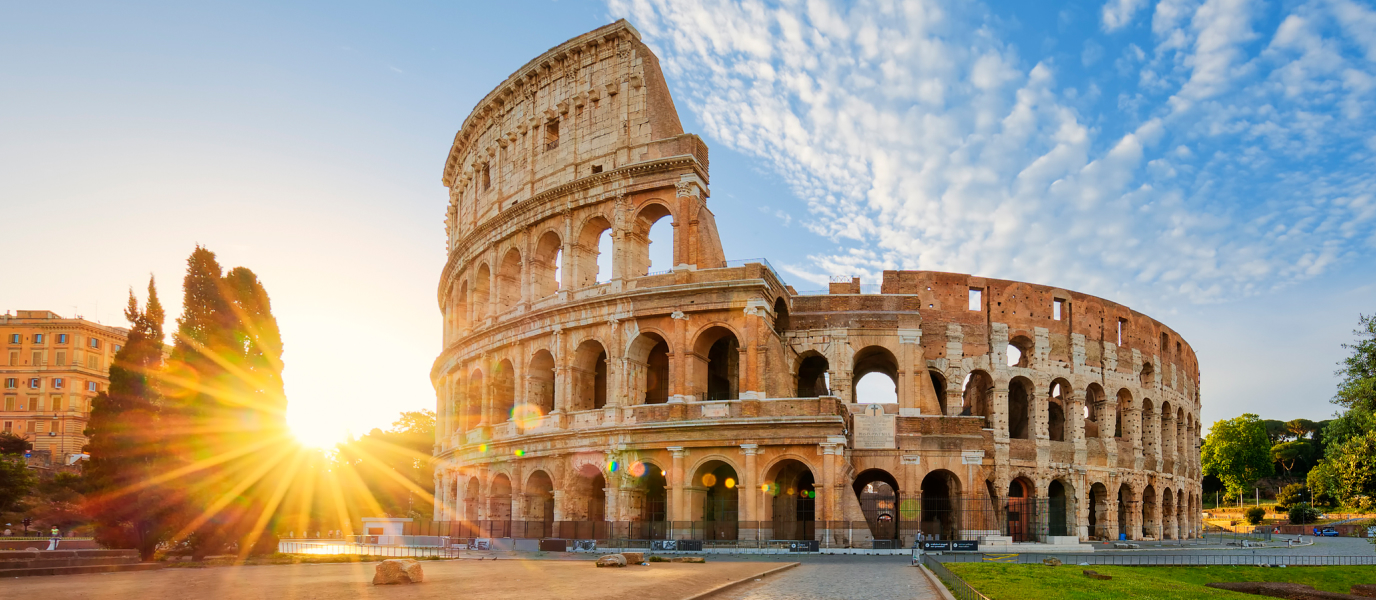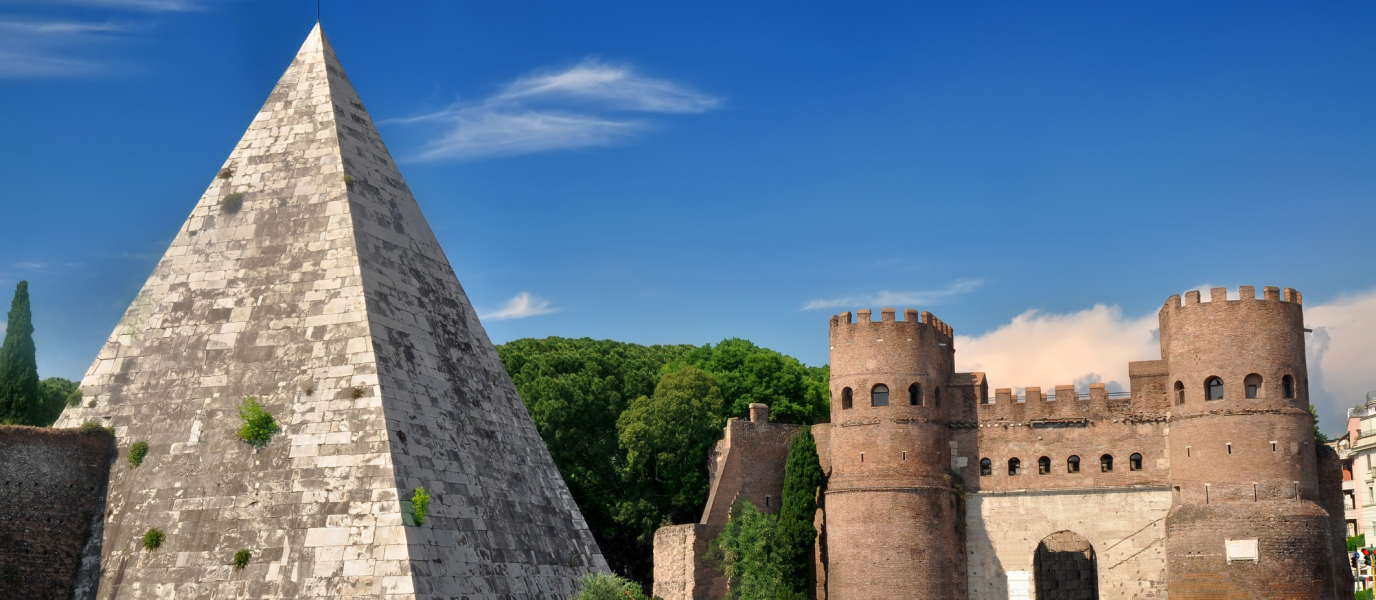The Circus Maximus was the largest sports stadium in Ancient Rome. It was mainly used for chariot-racing and other popular events including gladiator fights and athletics, and is still renowned for having been one of the most majestic entertainment venues of all time. Whilst time has hit the stadium hard, there are still some remains that are testimony to its glory days. If you are a history-lover, and particularly if you are interested in Roman society, the Circus Maximus is a must.
The grandeur of the Circus Maximus
At its peak, the Circus Maximus seated up to 300,000 spectators, making it six times larger than the Colosseum which only had capacity for 50,000 people. Just to give you an idea of the dimensions, Santiago Bernabeu football stadium in Madrid can seat just over 80,000. You can save yourself the trouble of looking it up; there really hasn’t ever been a stadium in history with a capacity that beats the Circus Maximus. Indeed, the Latin words Circus Maximus actually mean ‘the largest circus’ and the title remains valid today.
Rome’s great stadium: a little bit of history
Whilst there are still some remains of the wooden stadium that existed in the 17th century AD, a fire in the year 31 AD meant that a more robust, stone stadium was constructed in the valley between Palatine Hill and Aventine Hill. Julius Caesar and, later, Augustus supervised the original construction work and Nero, Titus, Trajan, Caracalla, Constantine and Constantius II all made changes or additions.
The stadium caught fire on at least three additional occasions. Up until the 6th century, the stadium was used to entertain the people. Pressure from the Church and the imminent downfall of the Empire played a decisive role in its decline.
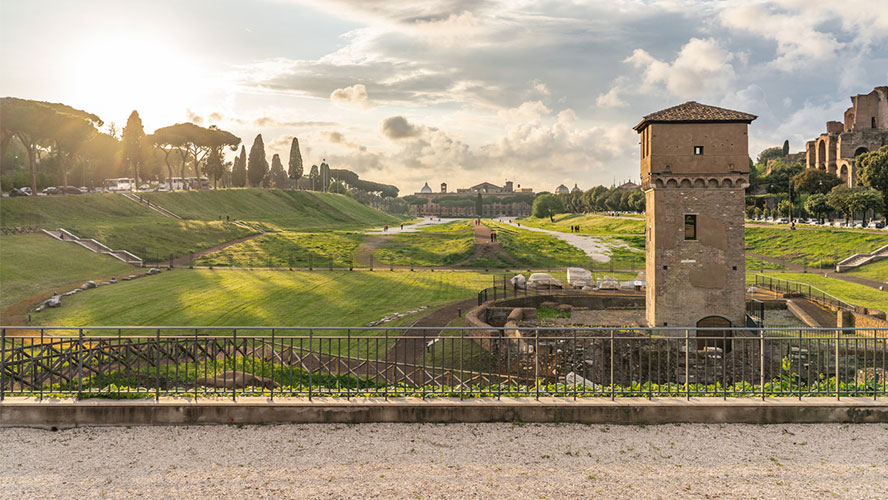
Up until then, however, the Circus Maximus was the entertainment hub of the Empire’s capital. You can still clearly see the spot where the 600-metre-long racing tracks were. They were 140 metres wide and had a row of Egyptian obelisks running down the middle.
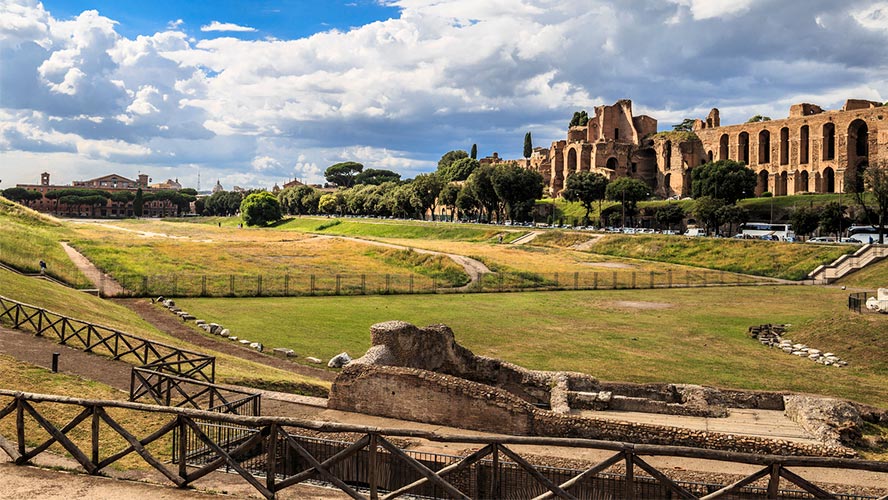
Horse races and other forms of entertainment
Horse-drawn chariot races were the main attraction at the stadium. The tracks were so wide that up to a dozen chariots drawn by four horses each could compete at any given time. They would race at top speed right around the track for first position. Races lasted for seven laps and the winners won a crown of laurel. On occasion the stakes were higher, and slaves could even compete to win their freedom.
However, chariot races were not the only thing on offer. There were also gladiator fights, individual horse races and exhibitions, running races, mock battles, plays and even executions.
Before you visit, take a look at one of the many available models of the stadium because this will help you to get a good idea of what it used to be like. Unfortunately, there is not much of the original construction left but it still makes for a really interesting visit.
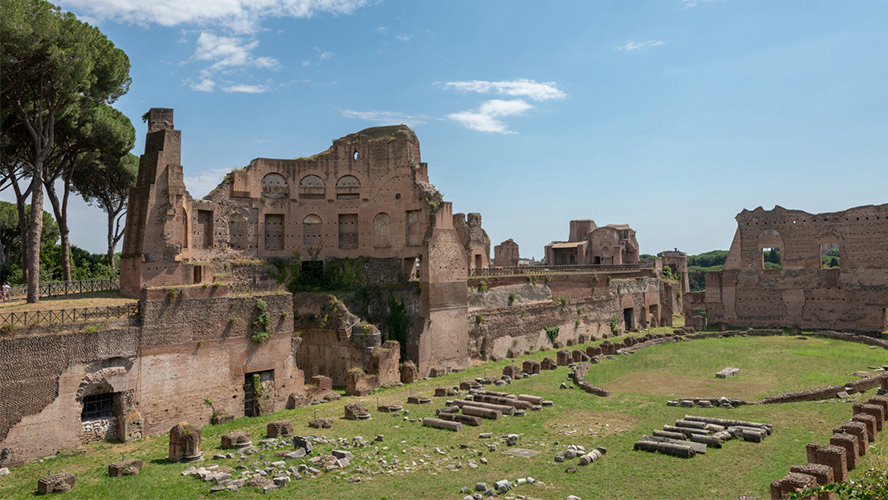
Circus Maximus is now a public park
Circus Maximus has been put to many different uses since the last race was held there in the year 549. Crops have been grown there, it has been used as a cemetery and for a time it was even a gas warehouse! Today, all that remains is a large open space that hints at the size and shape of the original stadium.
Since it became a public park in 2016, entrance has been free, attracting visitors and locals alike to relax on the grass or take a casual stroll. Since it is near to the Roman Forum (link: The Roman Forum), the Capitoline Museums (link: The Capitoline Museums), the Colosseum and the Baths of Caracalla (link: Caracalla thermal baths), it is a perfect spot for a well-deserved break from sightseeing.
Today, the racing tracks are visible, but covered in grass, and there is little else left to see. Much of the original stone was looted and a number of the monuments have been moved to other locations. For example, the Flaminio Obelisk that Pope Sixtus V moved to Piazza del Popolo in the 16th century.
There are some ingenious projects that help fill this void, however. Circo Experience, for example, offers a 40-minute guided tour around the ruins and uses virtual reality and augmented reality to bring the monument to life. The special glasses allow you to enjoy views of what the stadium used to look like.
What’s more, the Circus Maximus is still a meeting point and venue for shows. You can enjoy the many concerts and sports events that are held in the ruins. Plus, there are a number of ongoing promising excavations since there is a strong belief that a number of interesting ruins could be uncovered.





































































